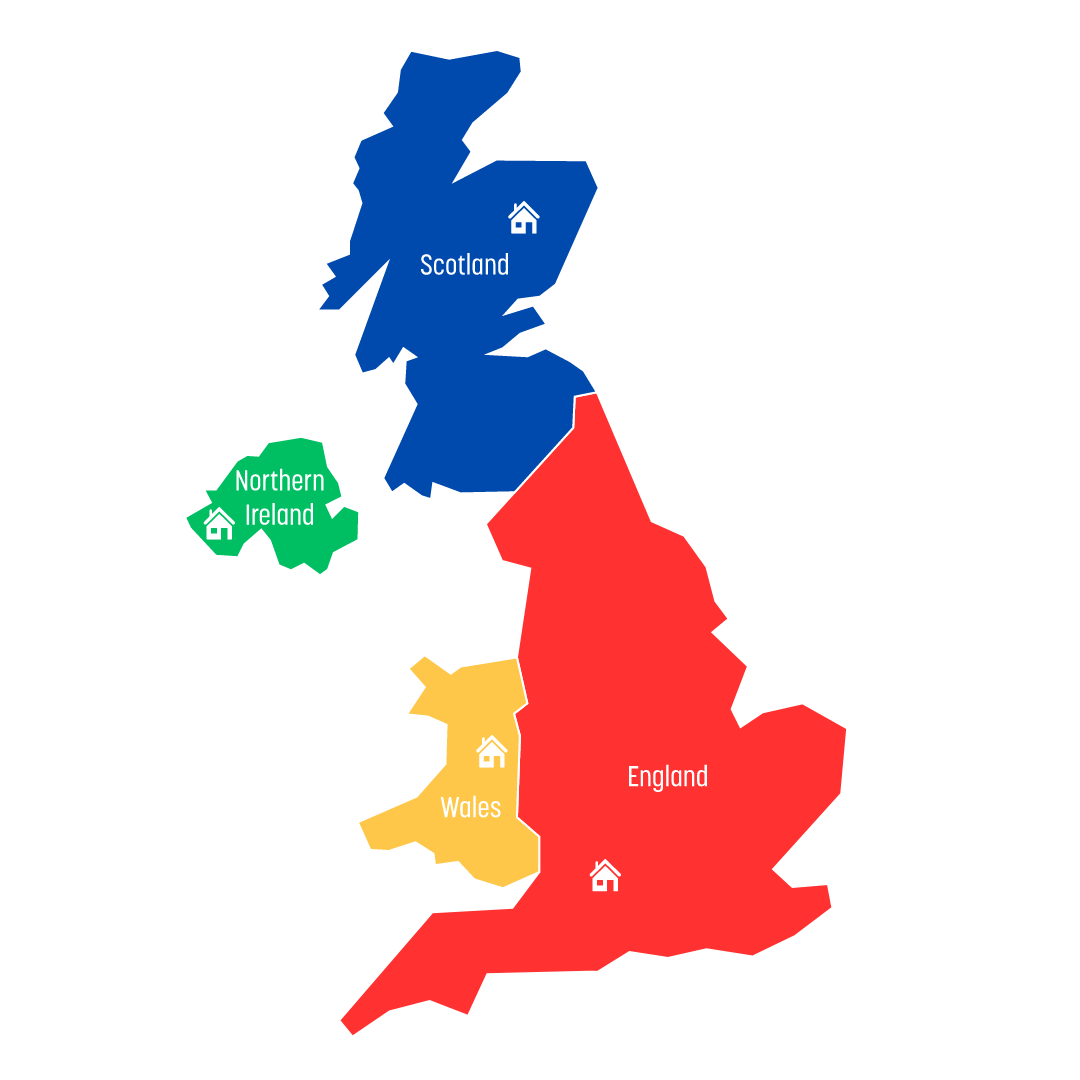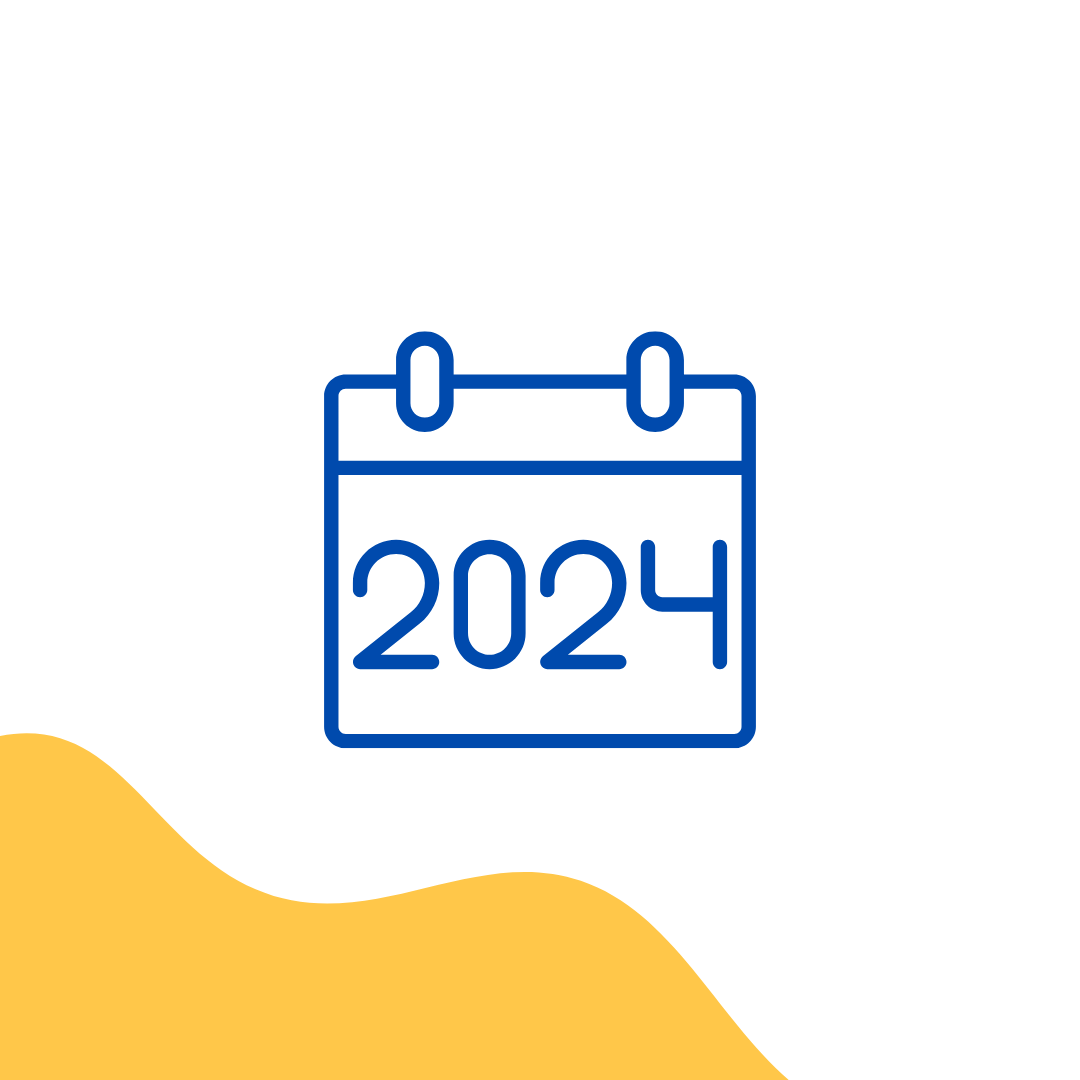HMRC & Companies House Retiring Old Online Services: What It Means and What You Should Do Now
If you file your own company accounts or Corporation Tax return online, significant changes are coming soon. HMRC and Companies House have confirmed that their long-running joint filing service (the one where you can file both accounts and your CT600 together) will be retired on 31 March 2026.
In plain English: the free online form you’ve used for years is shutting down. From April 2026, you’ll need to use accounting software or a professional filing service instead.
Here’s what’s changing, why, and what you should be doing right now, especially if you self-file and don’t have an accountant handling it for you.
What’s Being Retired (and When)
The service being closed is the Online Accounts and Company Tax Return tool, sometimes called the joint filing service, that lets small companies file to both HMRC and Companies House in one go.
From 1 April 2026, this route will disappear. You’ll no longer be able to:
File your annual accounts and Corporation Tax return together
Access or view past returns through that platform
Instead, you’ll need to file separately, usually through approved accounting software or via your accountant.
You should also download any old returns before the service closes, as you won’t be able to retrieve them later.
Why It’s Being Retired
HMRC and Companies House say the change is about modernising the system and improving data security, accuracy, and integration. In short:
The old system doesn’t meet new digital standards
There’s a bigger focus on consistency and fraud prevention
It’s part of the wider Making Tax Digital (MTD) rollout
And frankly, it’s a bit ancient by modern tech standards
From 2027 onwards, all company accounts will need to be filed digitally using only software, so this is step one in that direction.
What’s Making It Tough Right Now
Let’s be honest, accountants are flat out this year. Between the chaos of MTD setups, ongoing digital transition admin, and now the Companies House filing rule changes, everyone’s workload has gone through the roof.
The 18 November 2025 Companies House deadline is yet another big date on the horizon, and it’s putting pressure on already busy practices. Many firms (including ours) have closed our client books for the 2025 tax year and won’t be reopening until spring, just to cope with demand and prepare systems for the next phase.
So, if you’re a self-filer, it’s time to get a plan in place now.
Don’t assume you’ll be able to find an accountant at the last minute, as most will be fully booked through to next tax season.
What Self-Filing Companies Should Be Doing Now
If you currently submit your own accounts and Corporation Tax return through the HMRC or Companies House website, here’s your to-do list:
1. Download your old returns
Before the joint service closes, log in and save everything, ideally, the last three years of filings. Once it’s gone, it’s gone.
2. Choose your next filing method
You’ll soon need to file through software, not the government website. Options include:
Xero, FreeAgent, QuickBooks, or Taxfiler for small businesses
HMRC-approved standalone tax software for Corporation Tax only
Or your accountant’s submission portal if you work with one
Tip: if you use FreeAgent (included free with some Mettle or NatWest business accounts), you can already file accounts and CT600s digitally from one place.
3. Budget for software or support
The old service was free, but the new world won’t be.
Expect a monthly software cost (usually £10–£30) or an accountant’s filing fee. Build it into your business costs now, not in panic mode next March.
4. Get familiar early
Don’t wait until 2026.
Start using new software this tax year so you understand how it works before deadlines hit. Most providers have free trials and walkthroughs.
5. Keep an eye on deadlines
Companies House and HMRC are strict about penalties.
If you’re not sure what applies to you, check your filing deadlines now and set reminders in your calendar.
What Accountants Are Doing (and Why We’re on Their Side)
Many small practices, including ours, are prioritising existing clients and essential MTD setup work before taking on anything new. It’s not that we don’t want to help; it’s that the next 12 to 18 months are a perfect storm of tax tech changes.
We support the many accountants doing the same, focusing on preparing clients for the digital switch instead of stretching themselves thin.
So, if you’re handling your own filing, this is your wake-up call:
Start testing your software now. Don’t wait until everyone’s too busy to help.
The Bigger Picture
By 2027, the UK government wants every company’s financial reporting to be digital-only, traceable, and consistent.
That means no more paper filings, no more free online forms, and no more shortcuts.
This move is part of a wider plan to:
Crack down on filing fraud
Improve transparency under the new Economic Crime and Corporate Transparency Act
Make business data more reliable and searchable
It’s not all bad news. Once you’re set up, digital filing is quicker, cleaner, and integrates nicely with bookkeeping software. But the transition does take time.
The Bottom Line
The HMRC and Companies House joint filing service closes 31 March 2026
The Companies House digital filing changes hit 18 November 2025
Software-only filing becomes mandatory from April 2027
And accountants everywhere are already swamped with MTD setup work
If you self-file, now’s the time to plan:
Pick your software
Download your old records
Test your setup early
And line up support before tax season chaos returns
By getting ahead now, you’ll save yourself a huge headache later and avoid being the one panicking when the free filing service disappears for good.



